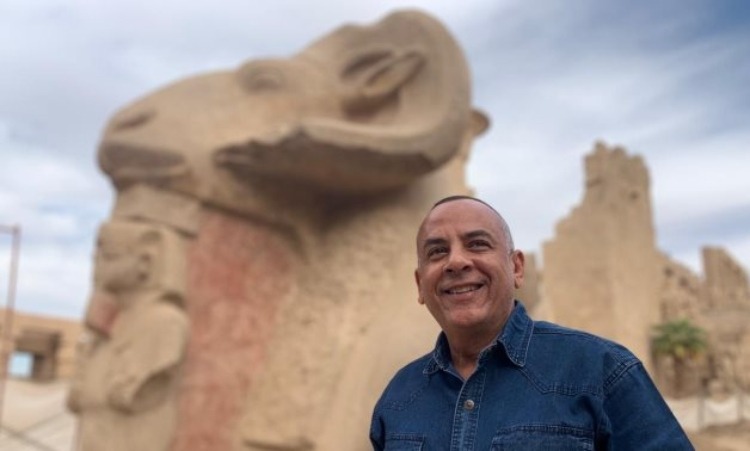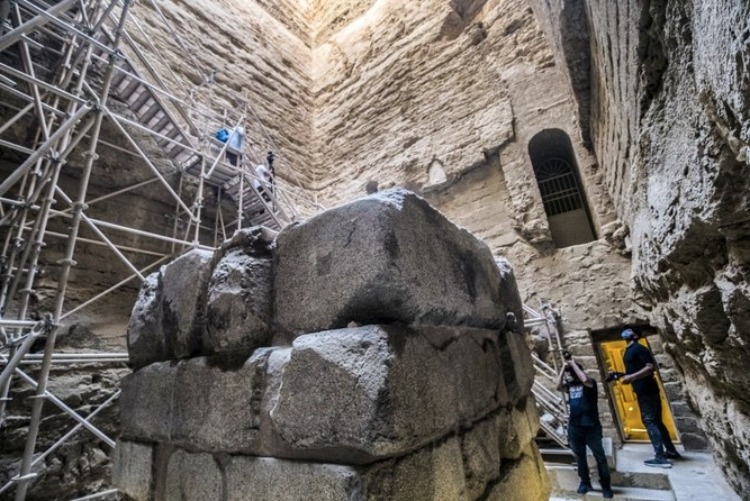The Greco-Roman era refers to geographical regions and countries that were immediately and deeply influenced culturally and historically by the ancient Greeks and Romans’ language, culture, government and religion. With that being said, Egypt was one of those countries that also had a significant direct impact on both civilizations. However, how do we learn about far-away civilizations and the commonalities they share? The only way we can learn more about our own history is through archaeological discoveries. Egypt, for example, is a place where new discoveries are produced on a regular basis, indicating the existence of multiple cultures within the country.
In August 2021, a Greco-Roman village was discovered in Alexandria, Egypt’s north coast city. An Egyptian archaeological team discovered a massive network of pink-painted tube tunnels meant to store rain, flood, and groundwater for use during droughts. Another discovery linking Egypt to the Greco-Roman period was made in Aswan today, according to reports.
In Egypt’s western Aswan region, a tomb from the Greco-Roman era was uncovered, holding roughly 20 mummies. This discovery was unearthed by a combined Egyptian-Italian archaeological mission excavating near the Aga Khan Mausoleum.
Mostafa Waziri, secretary-general of the Supreme Council of Antiquities, claimed in an official statement:
The tomb is divided into two parts: one above the earth surface and the other carved in a stone hill.
Mostafa Waziri via Arab News

Egypt’s Mostafa Waziri inspects work at Kebbash road back in 2020.
The first section consisted of a rectangular sandstone and mudbrick structure. While the entrance to the tomb was enclosed by stone blocks and a mudbrick vault, the second section was carved out of rock, and the entrance led to a rectangular courtyard with four burial chambers. These contained a total of 20 mummies, the majority of which were in good condition and include bodies from more than one family.
The mission’s leader, Patricia Piacentini, a professor of Egyptology at the University of Milan, explained that the mission discovered many archaeological artifacts inside the tomb, including offering tables, stone panels with hieroglyphic texts and a copper necklace with Greek writing.
With each new discovery, we get closer to understanding and connecting to former civilizations that created wonders that we are simply attempting to comprehend and relate to the present!



